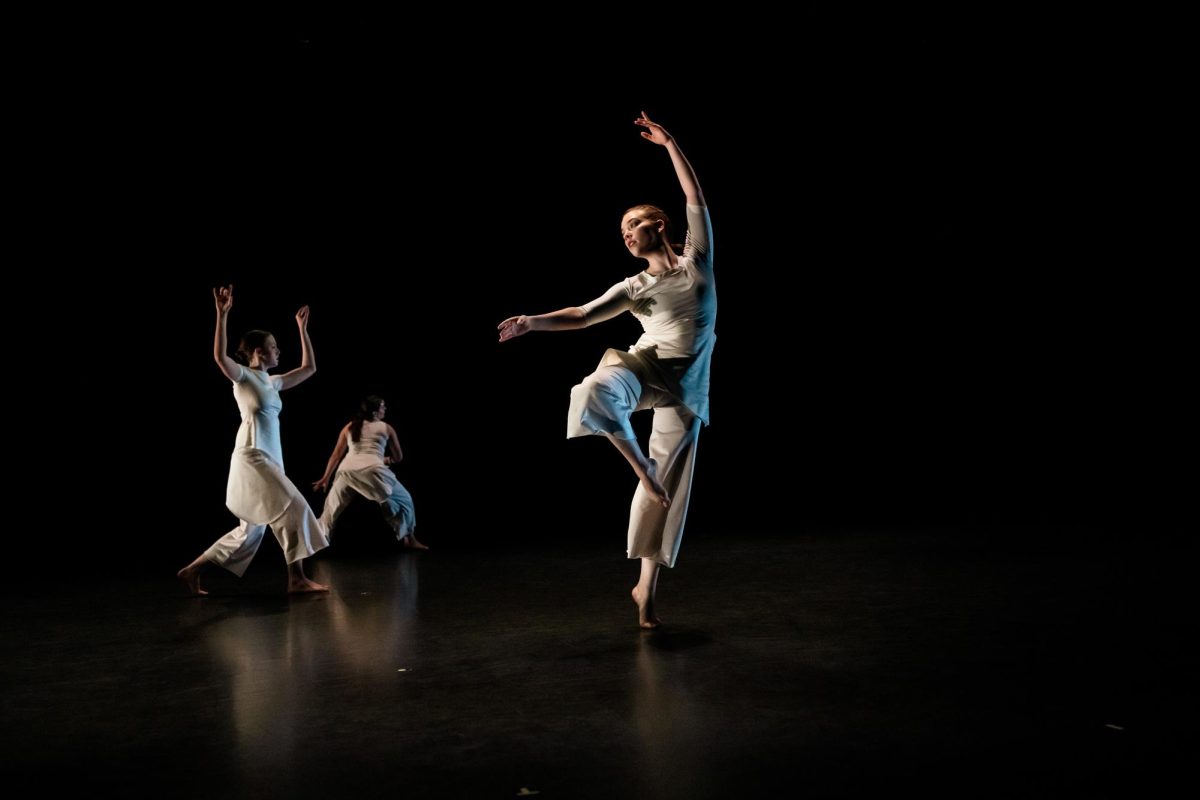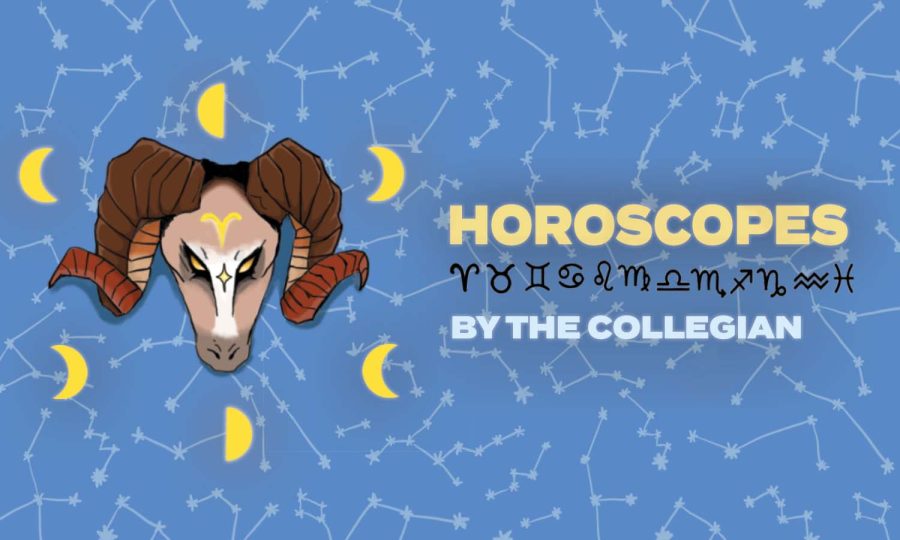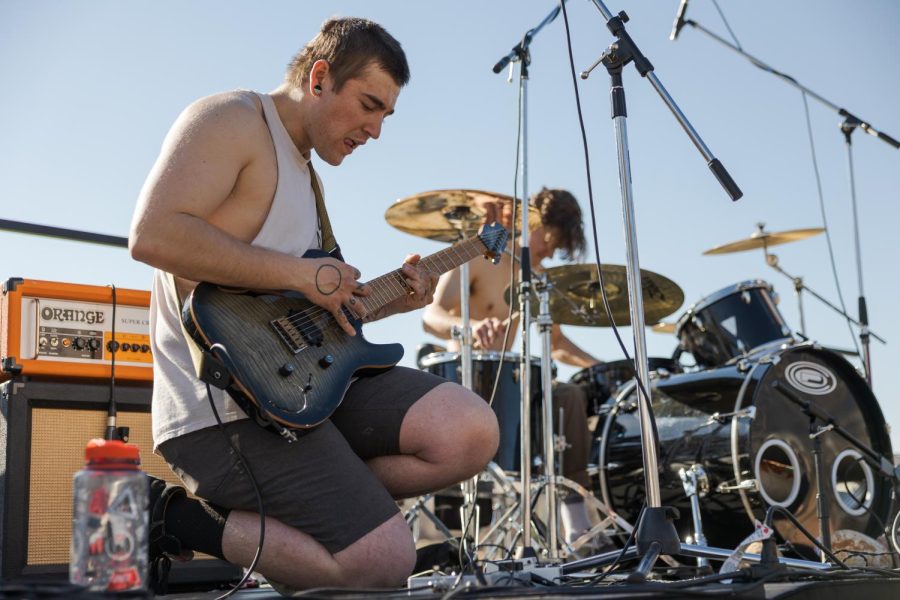The University Center for the Arts welcomed the Trebuchet Wind Trio for a Valentine’s Day performance. The trio, comprised of Andra Bohnet, Kip Franklin and Rebecca Mindock, performed a diverse repertoire of musical pieces, including commissioned compositions from close friends, arranged Baroque selections and Irish dance tunes.

Ad
The performance began with “Aubade” (1906) by Paul de Wailly. The piece presented quickly flowing runs and a melody line that jumped between individual instruments.
After the brief introductory performance, the concert proceeded to the next piece: “Romanian Folk Dances” by Bela Bartok in six movements. “Stick Dance” showcased a syncopated yet smooth playing style, while “Sash Dance” allowed for a lively clarinet melody and lower harmonization. “In One Spot” presented skilled grace notes in a piccolo feature with a slower, more subdued accompaniment. The trio performed “Dance from Bucsum” in a major key and multiple harmonizations for a fluctuating melody. “Romanian Polka” featured each instrument individually, and the piece closed with “Fast Dance,” a lively and jovial movement.
Although clarinets were not yet invented during the composition of “Trio Sonata in D Minor, BWV 1036,” the trio arranged Johann Sebastian Bach’s piece to fit the reed instrument. Franklin stated before the performance that it allowed him to experience a Baroque music style despite a lack of music from the era for his instrumentation. The piece itself presented sustained low notes and two graceful counter-melodies in the treble instruments. The next movement allowed for a clarinet melody and lively synchronized arpeggios. The third movement, although slow and peaceful, kept a steady tempo and resolved the haunting low notes at the conclusion. The final movement vastly quickened the pace and jumped from low to high notes in all instruments.
“Trio No. 1 — Style Ancien, op. 30” by Charles Huguenin also showcased four movements. Throughout the piece, all three instruments passed the melody around and maintained a mildly syncopated but consistent tempo. Loud entrances led to bouncing, articulated notes that created a joyful aesthetic for the piece.
The group settled down for a slower, more melancholy-sounding piece with “Trio in G Minor” by Alexander Borodin. The gliding, haunting melody created a chaotic but balanced sound, shifting tempos throughout the piece until returning to the original minor theme. The melody varied between occasional unison parts and different harmonizations for each voice.
Bohnet, on flutes, introduced a set of traditional Irish tunes as “Seisium” by Turlough O’Carolan, arranged the wind trio herself. It began with a slow waltz with an oboe feature and a major key. The tempo gradually increased until soaring high notes emerged in unison from the melody line, leaping from one octave to another in a fast and jovial dance tune. Each musician flew over the complex runs with dexterity and skill.
The trio then introduced their finale: “Sonatina for flute (piccolo, penny whistle), oboe (English horn), and clarinet (bass clarinet)” by Philip Wharton, a piece they commissioned from Mindock’s fellow music instructor and friend. In three movements, the piece presented a discordant but satisfying sound with trills and intense entrances from each instrument. Each musician played in extreme octaves for fast falls and runs. The second movement, though in still minor and discordant, showcased individual features with ascending arpeggios in the harmony voices. To close, the trio played a staccato and upbeat movement with enormous dynamic contrast and short, emphasized notes in each counter-melody.
However, the Trebuchet Wind Trio was not finished quite yet. To truly conclude their performance, the group played the “Cantina Song” from “Star Wars” to the audience’s endless delight. CDs were then available to purchase after the concert. The trio enjoyed interacting with audience members following their performance.

















